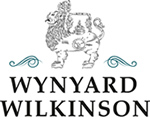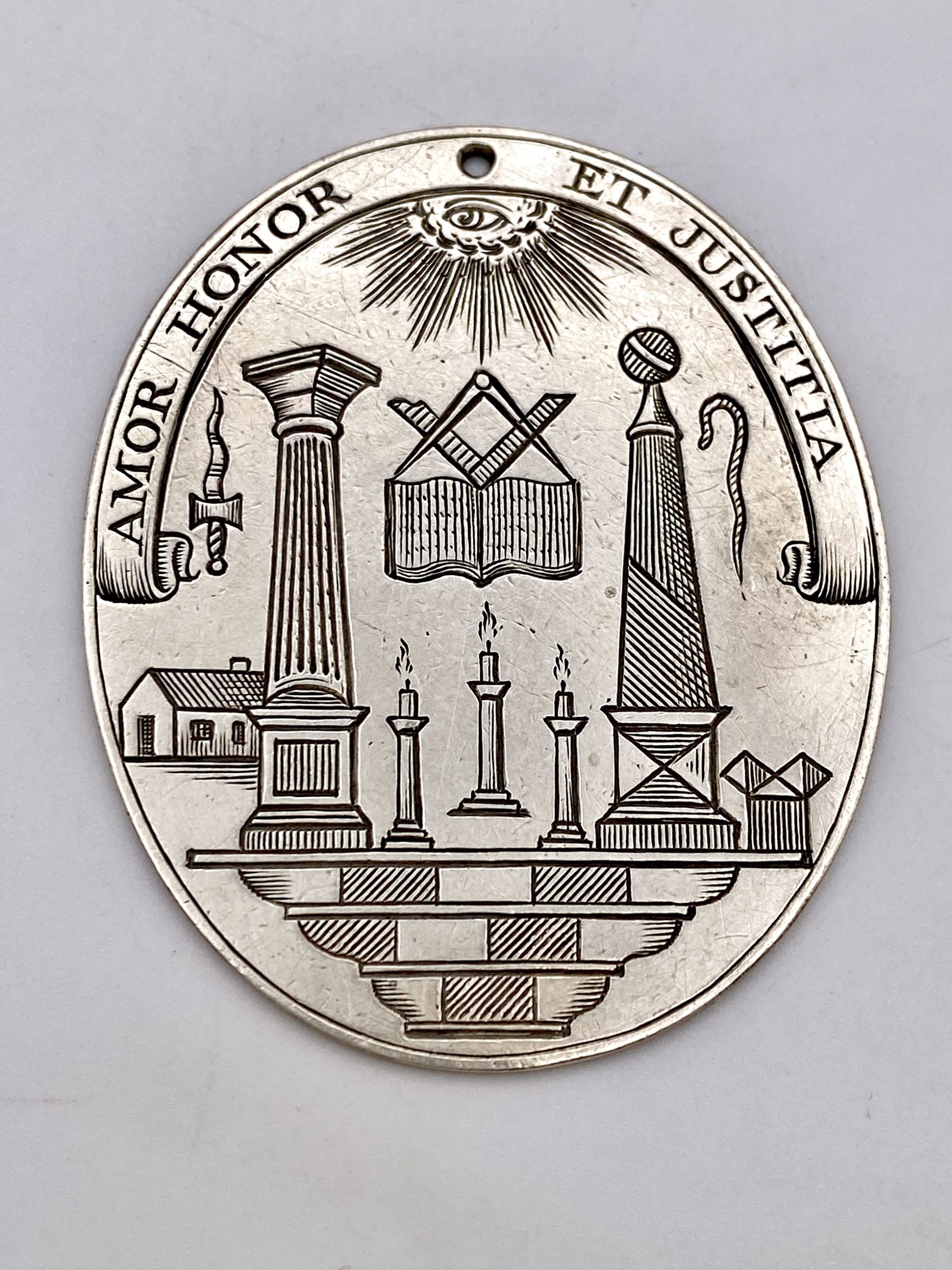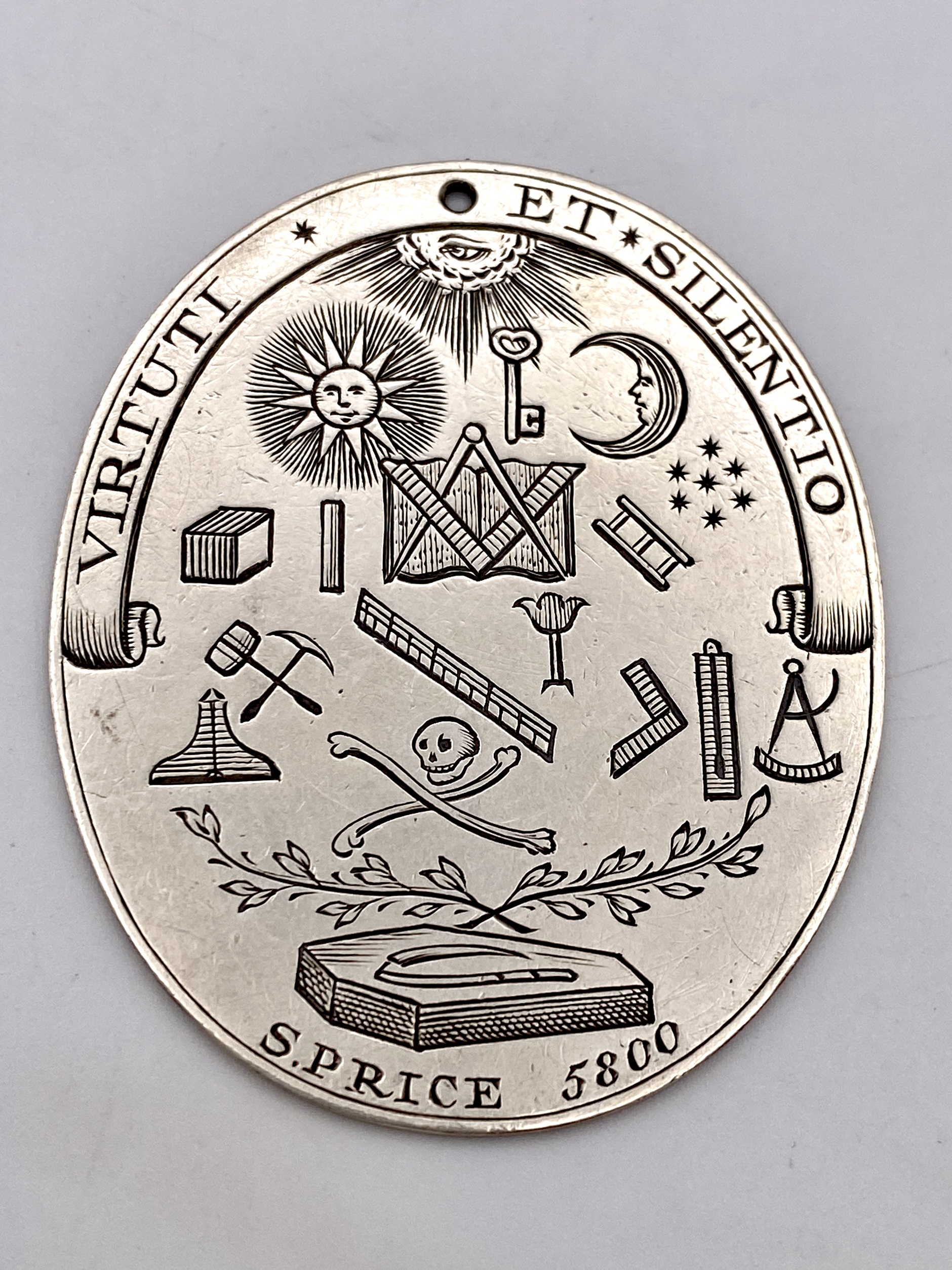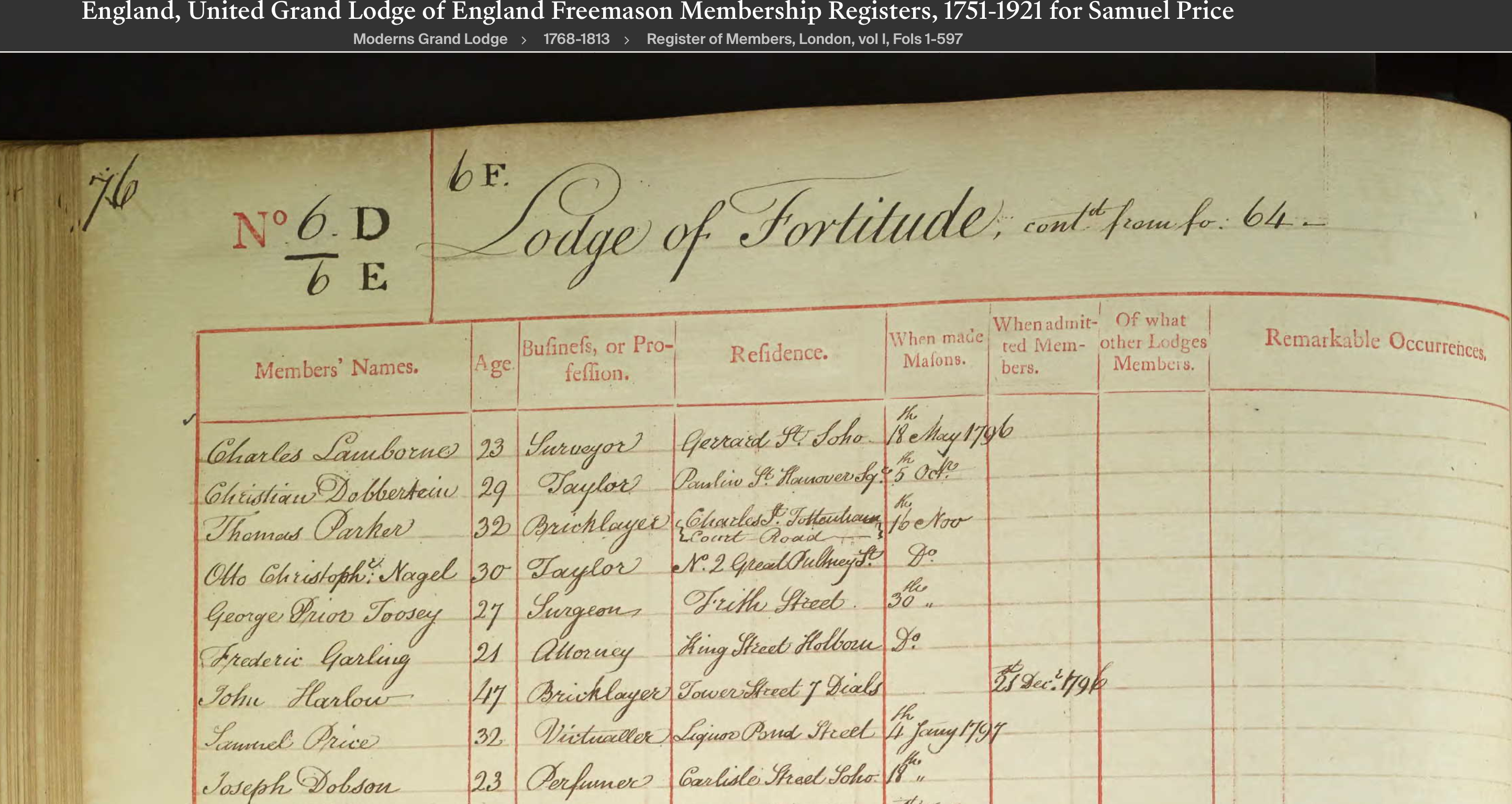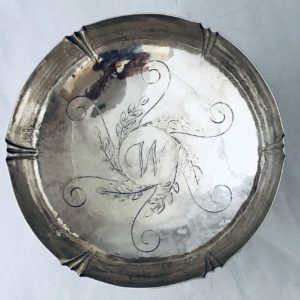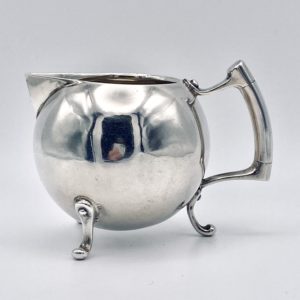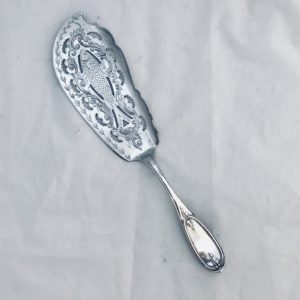Description
An attractive and unusual silver Masonic jewel in the form of a flat oval disc engraved on both sides with a wide variety of masonic symbology. At the upper edge of each side (where there is a small piercing) is a scroll with words in Latin having masonic associations, “Amor Honor et Justitia” and “Virtuti et Silentio”, together with the ‘all-seeing eye’ symbol.
Other symbols include a sun and a moon face, a key, a star cluster, a square and compasses with a book, as well as other traditional craft tools and measuring devices. Also shown are a dagger, a snake, a small building and two decorated columns with three candlesticks set between them. A reminder of mortality is provided by a skull & crossbones with two leaved branches above a coffin and a scythe resting upon it.
At the lower edge of one side, the presumed owner’s name “S. PRICE” is engraved together with the date “5800”. The year date is expressed in A.L. (Anno Lucis) form, in which 5800 would equate to either A.D. (Anno Domini) 1800 or 1796[1].
Control and Maker’s Marks:
The item is not hallmarked.
Dimensions & Weight:
Height: 5 cm. / 2 ins. Width 4.2 cm. / 1 5/8 ins. Weight: 17 gms. / 0.5 ozT.
Masonic Jewels
Masonic jewels can be classified[2] in several different ways. Leaving aside commemorative or specially granted jewels, a fundamental distinction is between Lodge jewels, which belong to the Lodges concerned, and personal jewels, the property of individual members. The other main distinction is between collar jewels, worn suspended from a collar, and breast jewels, worn in the manner of a medal. Jewels may also be classified by the method of manufacture as pierced, cast or plate. This item is a breast jewel of engraved plate type.
S. Price
In the United Grand Lodge of England Freemason Membership Registers, 1751-1921, there is a record of a ‘Samuel Price’ being enrolled in the London ‘Lodge of Fortitude’ on 4th January 1797. His age is recorded as 32, his business as ‘Victualler’, and his address as ‘Liquor Pond Street’. It should be noted that this entry is the only one in the entire Register for this period to anyone named “S. Price”, in which case it is highly likely that this is Samuel Price’s medal. Liquor Pond Street is now the Clerkenwell Road (see image and below).
Liquor Pond / Liquorpond Street, from the north end of Gray’s Inn Lane to the north end of Leather Lane. Strype (1720) describes the street, but without any attempt at a derivation of the name. It is, he says, “handsome and large, with pretty good buildings, indifferently inhabited. Hatton (1708) writes, “Liquorpond, or Lickapan, Street,” but the last, no doubt, is only the vulgar pronunciation. For a long period the south side of the street has been occupied by Messrs. Reid’s great porter brewery, and in Strype’s time there seem to have been several breweries in the immediate neighbourhood. Probably these were attracted by abundant springs and ponds, which thus afforded the liquor to the breweries. The name has now passed away, for the entire north side of the street was, in 1876, pulled down to form the broad street from New Oxford St. to Old St., this portion of which was, in 1878, named Clerkenwell Road. [from: London Past and Present: Its History, Associations, and Traditions, by Henry Benjamin Wheatley and Peter Cunningham (1891)]
[1] A widely accepted method of Anno Lucis calculation added exactly 4000 years to the Gregorian date but the 4004 years calculated by Bishop Ussher was preferred by traditionalist and Scottish lodges.
[2] Timothy Kent, Thomas Harper, Masonic jeweller and the jewels of his period, in Silver Studies, the Journal of the Silver Society, No. 19, 2005, p. 14.
